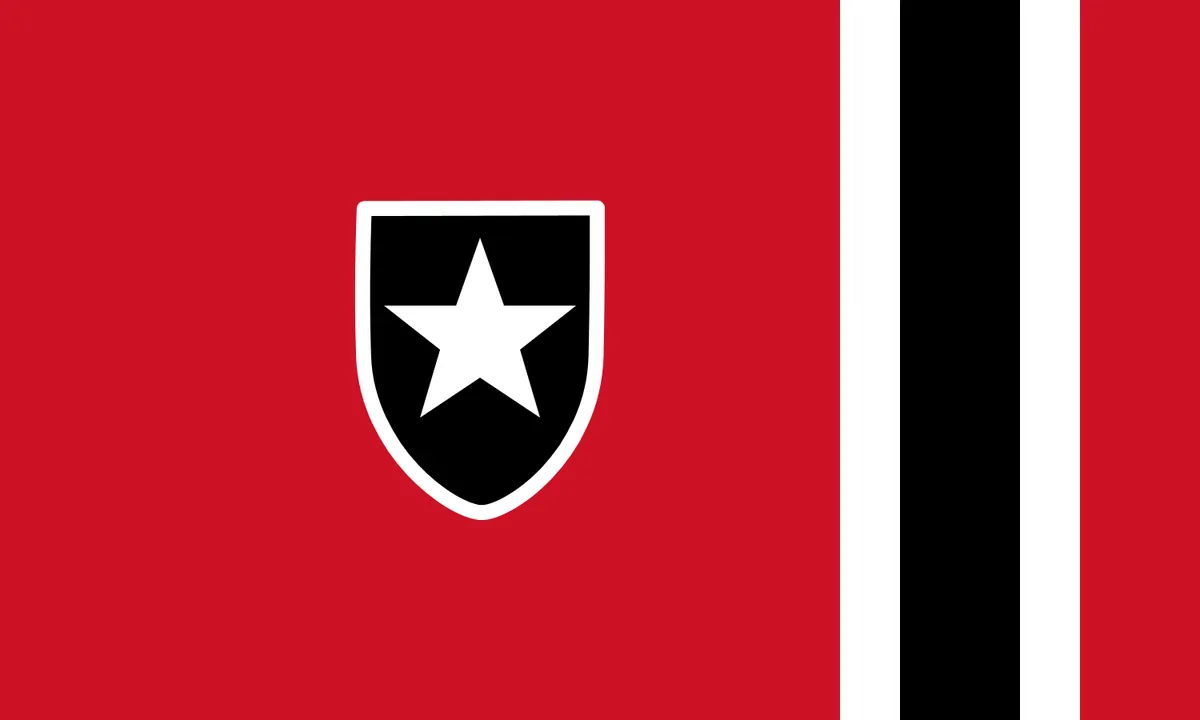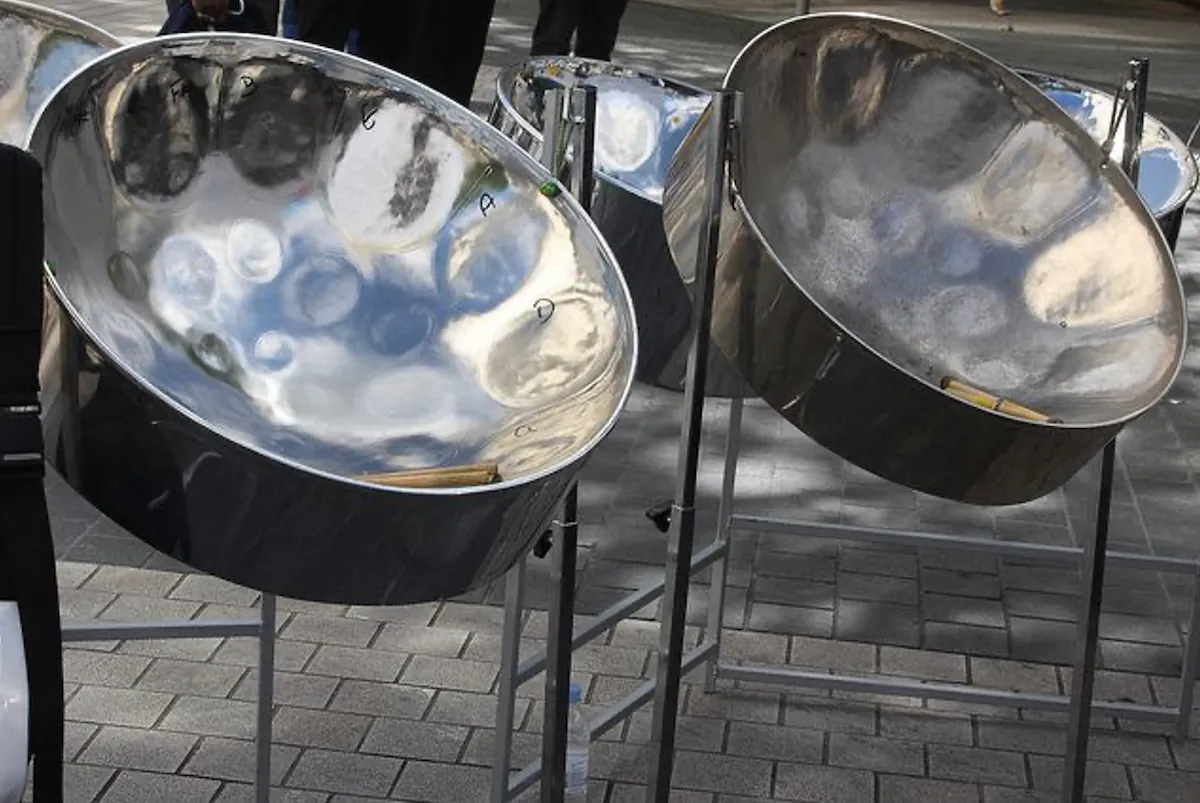Trinidad and Tobago to Replace Colonial Symbols on National Coat of Arms
Trinidad and Tobago announces plans to update its coat of arms, removing colonial references. The steelpan will replace Columbus' ships, reflecting a global trend of reevaluating historical symbols.

In a significant move reflecting changing attitudes towards colonial history, Trinidad and Tobago has announced plans to revise its national coat of arms. The Caribbean nation, which gained independence from the United Kingdom 62 years ago, is set to remove references to European colonization from this important national symbol.
Prime Minister Keith Rowley revealed the decision to a receptive audience, stating that the redesign would be completed by late September 2024. The most notable change will be the replacement of Christopher Columbus' three ships - the Pinta, the Niña, and the Santa María - with the steelpan, a percussion instrument that originated in Trinidad and Tobago and has become a symbol of the nation's cultural identity.

The steelpan, recognized as the national instrument of Trinidad and Tobago, represents the country's rich musical heritage. Its inclusion in the coat of arms highlights the nation's commitment to celebrating its unique cultural contributions rather than colonial legacies.
This redesign is part of a broader initiative to reassess colonial symbols in the country. A public hearing is scheduled for late August 2024 to discuss the potential removal of certain statues, signs, and monuments associated with the colonial era.
The decision aligns with a global movement to reevaluate and often remove symbols of colonialism. In recent years, many countries have taken similar steps, with statues of Christopher Columbus being removed or toppled in various locations around the world.
Trinidad and Tobago's coat of arms, created in 1962 when the country gained independence, currently features elements that reflect both the nation's natural beauty and its colonial past. Alongside Columbus' ships, it includes hummingbirds, a palm tree, and the Scarlet Ibis, which is one of the national birds of Trinidad and Tobago.
The country's diverse cultural heritage, influenced by African, Indian, European, and Chinese traditions, is reflected in its vibrant society. This diversity is evident in Trinidad and Tobago's world-renowned Carnival celebration, its unique Creole cuisine, and its rich literary tradition that has produced notable authors like V.S. Naipaul and Sam Selvon.
While the coat of arms redesign focuses on removing colonial symbols, it's worth noting that Trinidad and Tobago's history with European exploration dates back to 1498 when Christopher Columbus first arrived on the islands. However, the nation has since forged its own identity, becoming known for its strong cricket tradition, its UNESCO World Heritage Sites, and its significant oil and natural gas resources.
As Trinidad and Tobago moves forward with this symbolic change, it joins a growing number of nations actively working to address the legacy of colonialism and promote a more inclusive representation of their national identity.
"That should signal that we are on our way to removing the colonial vestiges that we have in our constitution."
This redesign of the coat of arms marks a significant step in Trinidad and Tobago's ongoing journey of self-definition and cultural affirmation, reflecting a broader global conversation about history, identity, and representation.


































